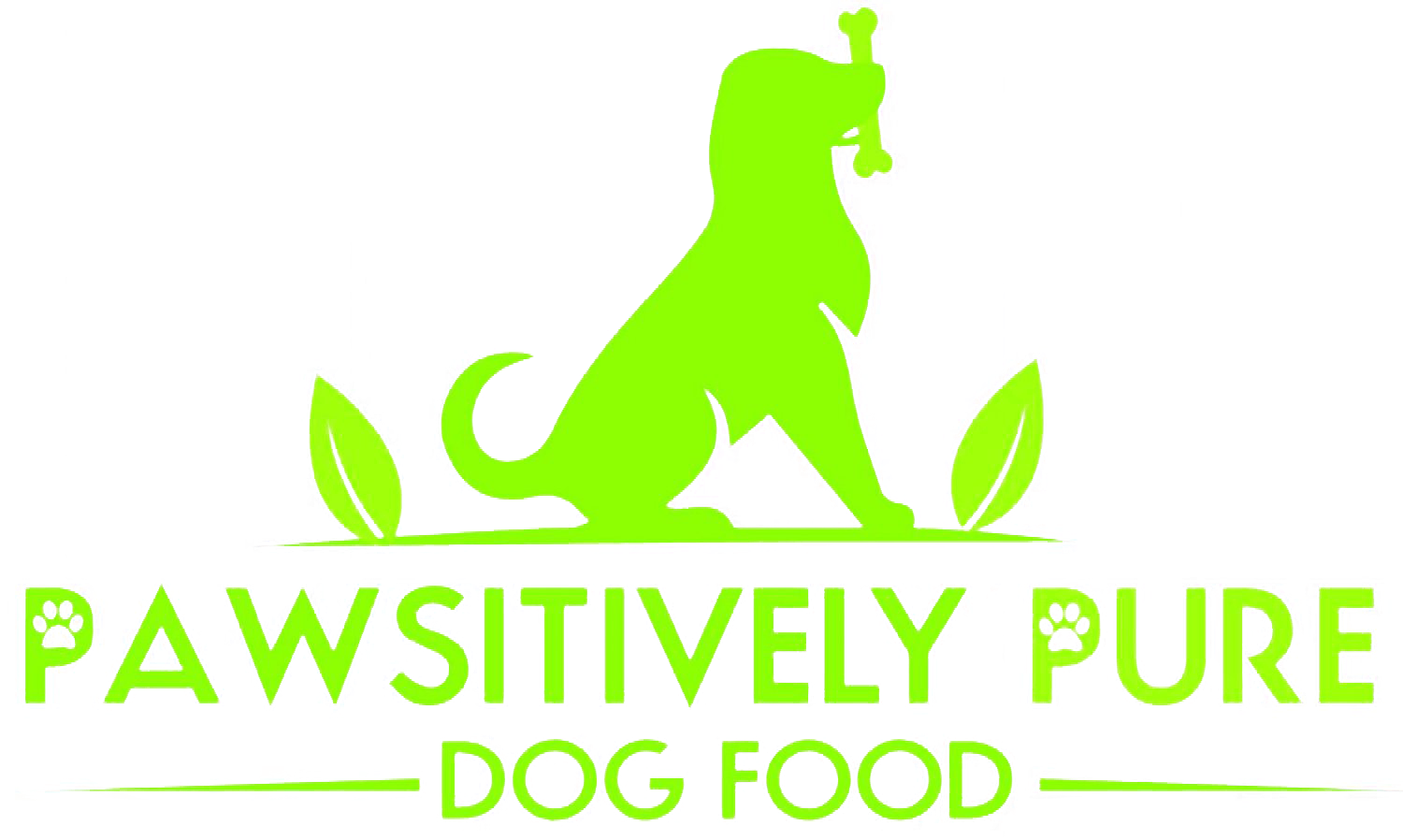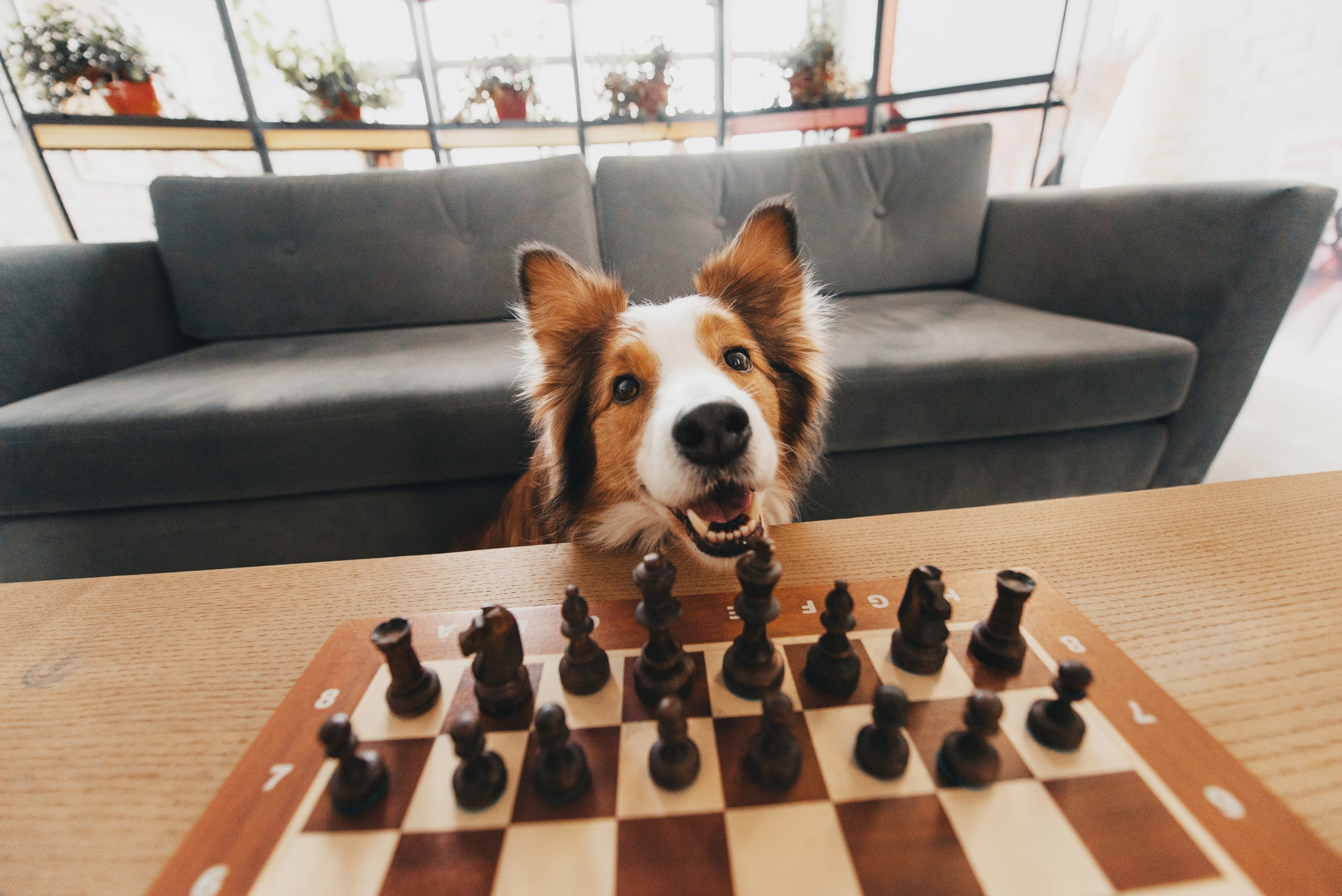Enjoy the Dog Days of Summer With Your Dog
Taking a road trip is the quintessential summer vacation. You load up the car with necessities, a handful of snacks, and a map (or just your smartphone nowadays), and you find adventure wherever the road takes you. Want to know what makes a road trip even better? Taking your dog with you!
Your dog can be the ultimate adventure partner when you’re ready to hit the road. Whether you’re hiking and camping or you’d rather stay somewhere with room service, Central Florida is home to plenty of awesome destinations that you and your dog can enjoy together. Many such locations are less than a day’s drive away from the Orlando area.
Should I Take My Dog on a Road Trip?
Every dog has a unique personality, just like the humans who love them. While some children enjoy camping trips with their parents and siblings, others would prefer to stay in the comfort of their homes. In much the same way, be sure your dog’s temperament is suited to the activities you intend to enjoy on your road trip.
If your dog gets uncomfortable during car rides, a road trip will not be a good fit for them. If your dog is sick or injured, they should stay at home to rest and recover. Additionally, if your dog doesn’t deal well with crowds, you won’t want to bring them with you to a popular destination. Some dogs enjoy being out at dog-friendly restaurants while others prefer exploring quiet trails. You know your dog better than anyone else does; use your common sense and don’t force them into a situation that will be too overwhelming.
What Supplies Will You Need on Your Dog-Friendly Road Trip?
Adequate preparation is the best tool to help you ensure you and your dog will have a great time on your vacation. When you’re packing for your dog, be sure to bring:
Plenty of food and fresh drinking water and appropriate dishes. You’ll want to make sure you bring along a sufficient amount of food to keep your dog fed for the duration of your trip, with a little extra just to be safe. Additionally, make sure you take along a few jugs of drinking water so your dog can stay safely hydrated. If you feed your dog fresh food, make sure you have a reliable way to keep your food chilled, whether you will have a refrigerator at your destination or you intend to maintain it in a cooler.
Lots of high-reward treats! If your dog is being introduced to a new environment, you want to make sure you can reward them for good behavior in unfamiliar situations. Bring along plenty of healthy, natural dog treats to reinforce their training and encourage them to play and explore safely.
Leash, collar/harness, and ID tags. Your dog’s safety should be your top priority on your road trip. Make sure you have appropriate collars or harnesses and leashes so you can make sure your dog’s exploration is controlled and easily monitored. Also, even if you have your dog microchipped–which you should–be sure to attach an updated ID tag to their collar to ensure they can be returned to you quickly and safely should they wander.
First aid kit and vet records. Accidents happen. If your dog has a medical emergency, you want to make sure you can address it from your current location instead of having to drive all the way back home. Make sure you have a complete first aid kit so that you can patch up minor cuts, scratches, and bug bites right away. In case you run into a more serious issue, it’s a good idea to have their veterinary records handy.
Toys and comfort items. Even the most adventurous dog can become overwhelmed in a new setting. Be sure to bring along some of your dog’s favorite toys and any blankets, pillows, or comfort items they use to self-soothe. Whether you’re staying in a hotel or camping in the wilderness, you’ll want to set up a safe space for them to call their home away from home.
Where Are the Best Dog-Friendly Road Trips in Central Florida?
Many major destinations around the state of Florida are considered dog friendly! Here are a few selections to choose from based on your personal preferences:
Beach Destinations
Key West is known for being a dog-friendly destination, and the Key West Dog Beach is a great place to start. After some fun in the sun, you and your dog can cool off at one of several nearby dog-friendly restaurants and bars. Many hotels and rentals in the area are dog-friendly and even geared toward dog lovers.
If you’d rather head north, Jacksonville also has several great dog-friendly beaches to choose from. Just be sure to check the calendar before you hit the sand with your furry friend: dogs are generally not allowed on the beach during turtle nesting season.
City Destinations
Vacations with dogs don’t just have to be outdoorsy! Many cities are becoming increasingly dog friendly, with resorts, parks, and activity centers for dogs of all ages and breeds. If you prefer a staycation, Orlando is a wonderfully dog-friendly city. Enjoy a latte with your dog at Cups and Pups, or take them out for a tail-waggin’ good time at Pups Pub. There are plenty of parks around the city where you can enjoy a stroll and a sniff.
West Palm is also becoming one of the most dog-friendly destinations in the state. Most notably, the luxury Ben Hotel even offers dog-friendly room service! With so many restaurants and boutiques named after the owners’ dogs around the city center, it should come as no surprise that our furry friends are highly celebrated there.
Adventure Destinations
Sniffing out new trails? Your options are abundant! Head to St. Augustine to explore the oldest city in the United States. The Fountain of Youth Archaeological Park is dog-friendly and gives you the option to explore real Florida history. The area is known for being welcoming to dogs and their humans.
Lake Louisa State Park in Clermont has luxury “glamping” accommodations that are dog-friendly and give you easy access to some incredible hiking trails, canoeing and paddleboarding sites, and nature watching opportunities. This is a great option for anyone looking to experience a variety of adventures all in one place!
Take a Trip You and Your Dog Will Never Forget
We’ve only just started to scratch the surface of all the wonderful places throughout Florida where you can take a great road trip with your dog. When you’re ready to stock up on extra dog food and treats for the road, head over to our shop and order a few of your dog’s favorites. We can’t wait to hear about all of your amazing adventures together!





